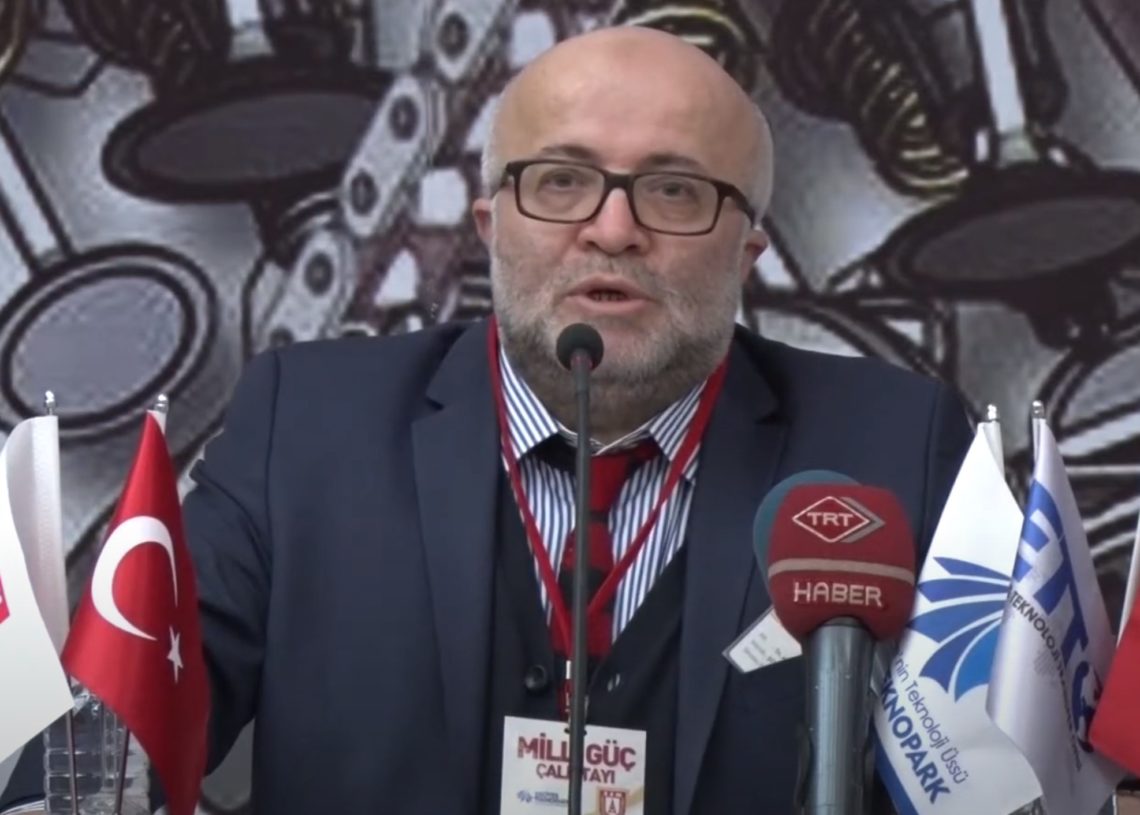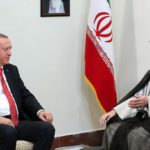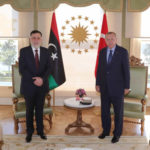A 58-year-old academic who runs the well-funded research and development arm of the Turkish government agency that is tasked with boosting the country’s defense industry has worked with Islamic Revolutionary Guard Corps (IRGC) Quds Force cells in Turkey, a Nordic Monitor investigation has found.
Ata Şenlikci, the head of the research, development and technology department at the Turkish Presidency of the Defense Industry (SSB) — a top government body that decides on the procurement of military equipment and helps develop defense industry infrastructure — was believed to be operating within a Quds Force network according to investigators who named him as a suspect in a counterterrorism investigation.
The evidence collected through court-authorized surveillance and wiretaps from 2011 to 2014 led the investigators to conclude that Şenlikci was part of a Quds Force operation in Turkey and was working closely with the Iranian Consulate General’s cultural attaché, Hassan Shabani, also a suspect in the Quds Force probe. The two had been trying to establish an Iran chair at Istanbul University, where Şenlikci was working as an academic at the time, and were making efforts to recruit dozens of students as assets under the guise of various educational and cultural programs financed by Iran.
The investigation uncovered that Şenlikci had been associated with known Quds operatives who had served time in the past on terrorism convictions. According to a wiretap record dated April 2, 2012, Şenlikci spoke to a man named Abdülhamit Çelik, who was convicted of killing two opponents of the Iran regime in Turkey in 1996 on behalf of the Quds Force and sentenced to 12 years, six months in prison. Çelik was released in 2004 following the passage of an amnesty bill pushed by the government of then-Prime Minister Recep Tayyip Erdoğan. He had laid low for a while until he was reactivated by the Quds Force to run a new set of schemes. The two men were discussing a pricing issue involving an unspecified business deal. Çelik was also a suspect in the Quds Force investigation.
The content of dozens of wiretap records reviewed by Nordic Monitor portray Şenlikci as a religious man who idolizes Iranian Shiite clerics and made visits to Shiite holy places in Iraq and Iran. He traveled twice to Iran in 2012 and 2013 as part of a project run by the Quds Force, according to the investigation file.
The wiretaps also revealed how the trips were organized by Quds Force operatives. The border entry and exit records kept by the airport police showed that Şenlikci was in Iran for about a week on June 1-7, 2012 and on May 14-20, 2013.
The trips to Iran were not just for sightseeing, the investigators concluded. For example, while he was in Tehran, Şenlikci met with Ali Akbulut, who fled to Iran to escape prison time on terror charges in the late 1990s and kept in contact with him afterwards. The indictment prepared by the Ankara Chief Public Prosecutor’s Office in 2002 concluded that the Quds Force operatives identified Turks who had positive views of the Iranian regime, organized conferences and then sent them to Iran in small groups under the pretext of the conferences, all courtesy of the Iranian regime. “Small groups that participated in these trips started to spread propaganda on behalf of [Ayatollah] Khomeini when they returned,” the indictment stated.
In a wiretap dated March 19, 2012 Şenlikci said how he admired Khomeini and Sistani when talking about his trip to the Iraqi city Najaf, which he called the capital of the entire Islamic world. “I saw [Shia Muslim leader Grand Ayatollah Ali] Sistani and his house. Like Khomeini, they [Sistani and his associates] shine. I prayed a lot, for you, your wife and your children as well,” he told Nurkan Yağız, deputy rector of Istanbul University and also a suspect in the case. He said he was very happy with the trip after seeing all the Shiite imams and making donations while there March 13-17, 2012.
By: Abdullah Bozkurt
Source: Nordic Monitor



